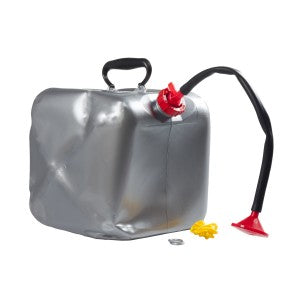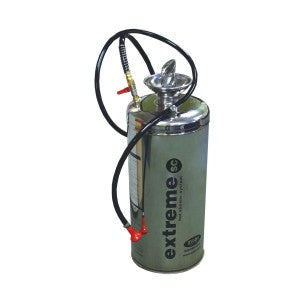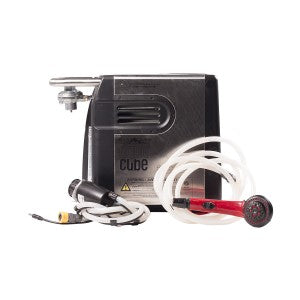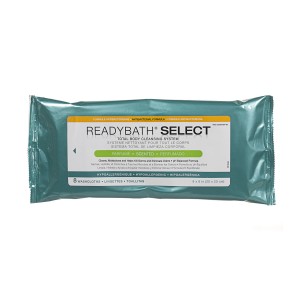
Have you ever thought about your … ahem … personal hygiene during an emergency?
In your quest to secure enough food and water for an emergency don’t forget to purchase supplies to keep yourself clean. Taking a shower during an emergency provides you with physical and mental health benefits that can help you survive. Poor hygiene and sanitation can spread disease, especially in a natural disaster. According to a John Hopkins Red Cross study, in some cases, more people die from unsanitary conditions rather than the natural disaster itself. Showering may seem like a luxury or the last thing on your mind in an emergency, but it shouldn’t be overlooked because it could save your life. Here are three great emergency shower set ups you can use to help you stay clean, healthy, and sane in an emergency or while camping and spending the day outdoors.Set up One: The Emergency Shower
Since showering is an everyday task, doing it in an emergency can offer you comfort and give you a sense of control and normalcy. An emergency shower works and looks similar to the shower in your home. This familiarity can go a long way in an emergency where your world seems like it’s turned upside down. Emergency showers are portable and use various methods for heating your water. It just depends on which type of heating mechanism you want. Solar Spray Portable Shower- Absorbs direct sunlight to heat your shower water to nearly 100°F within 2.5 hours. This shower holds 5 gallons, which is enough for up to three showers. It includes an on/off valve. Switch the on/off valve to allow water to spray through the hose then spray yourself down. The hose can be placed on the shower pole tripod stand so you can stand under it just like the shower at your home. 


- Use your water storage to fill your shower (this means you’ll have to take into account how much extra water you’ll need for bathing as well as for drinking, and cooking).
- Filter and treat water using your portable filter and chemical purifying treatments.
- Boil the water first and then fill the shower with it.
Set up Two: ReadyBath Wipes
But what if you don’t have an emergency shower? Or can’t stand in a shower because of an injury or fatigue? Good hygiene is still important so you can avoid contracting infections, viruses, or other diseases. This is a time when a ReadyBath Wipe can help you to get clean easily and quickly. They come in a pack of 8 damp cloths, enriched with moisturizers and antibacterial soaps that are mild enough to cleanse the skin without irritating it. This is a great item to include in your emergency kit to keep yourself clean while on the go or in case of an injury.
Set up Three: Use cooking water or natural water sources
Let’s say you don’t want to tap into your water storage supplies for bathing or you don’t have ReadyBath Wipes. If you want conserve your water storage for drinking and cooking, here are a couple tricks:- Take a sponge bath using the warm water left over from the boiled water you used to make a meal. This conserves and repurposes your water storage (please don’t cook with that water again after you’re done bathing…dump it out!)
- Wash in a river or stream using camp soap or another biodegradable soap that is phosphate-free. Don’t use a lot of this soap because it can still contaminate fresh water sources. Make sure to wear shoes while washing in streams or rivers. Wearing shoes prevents parasitic infections and cuts that could become infected.
- Use a little bit of camp soap to wash in the rain.
